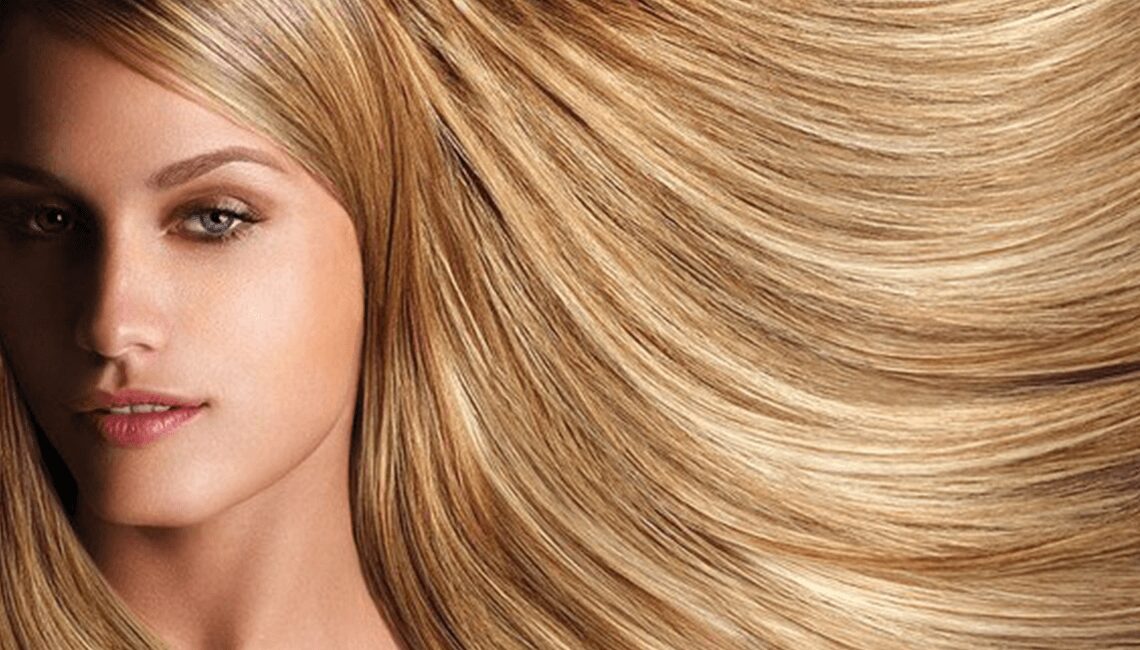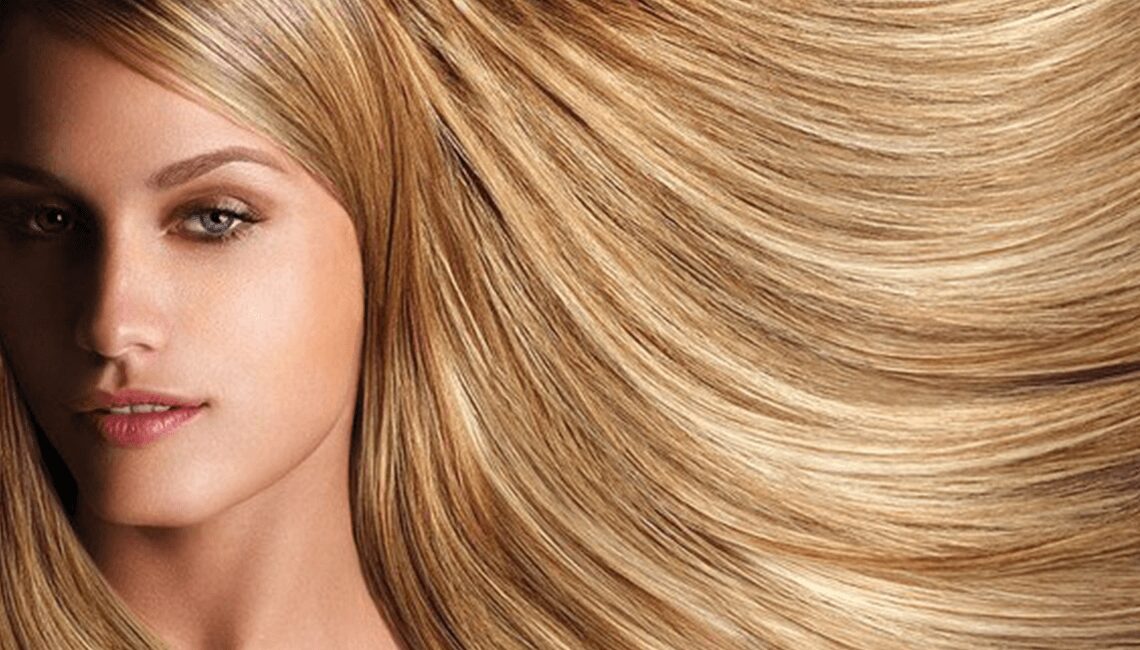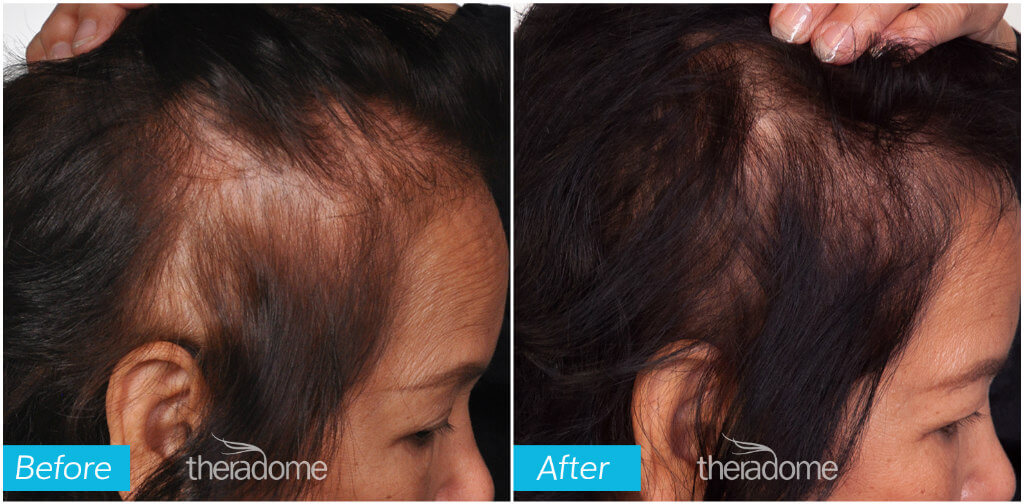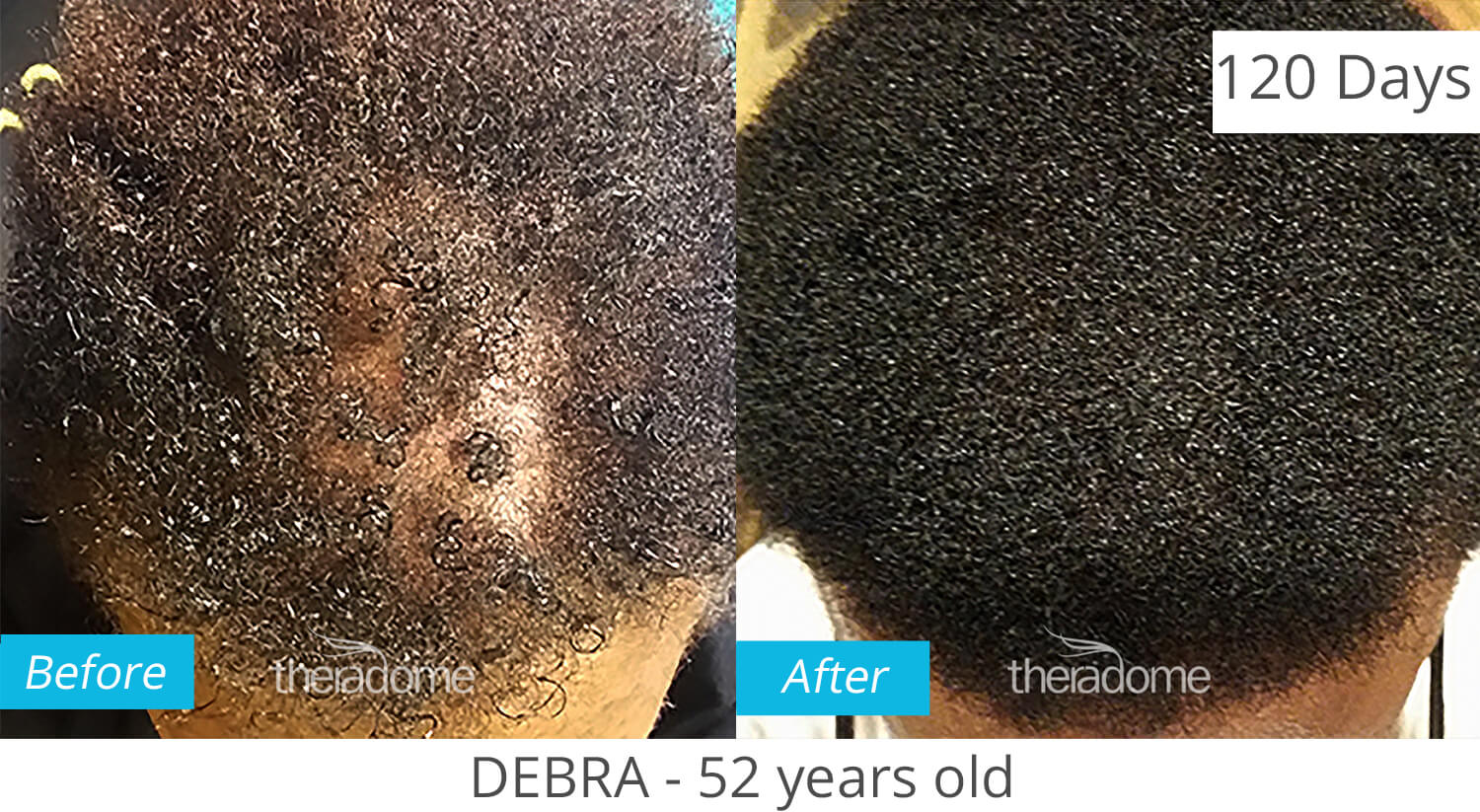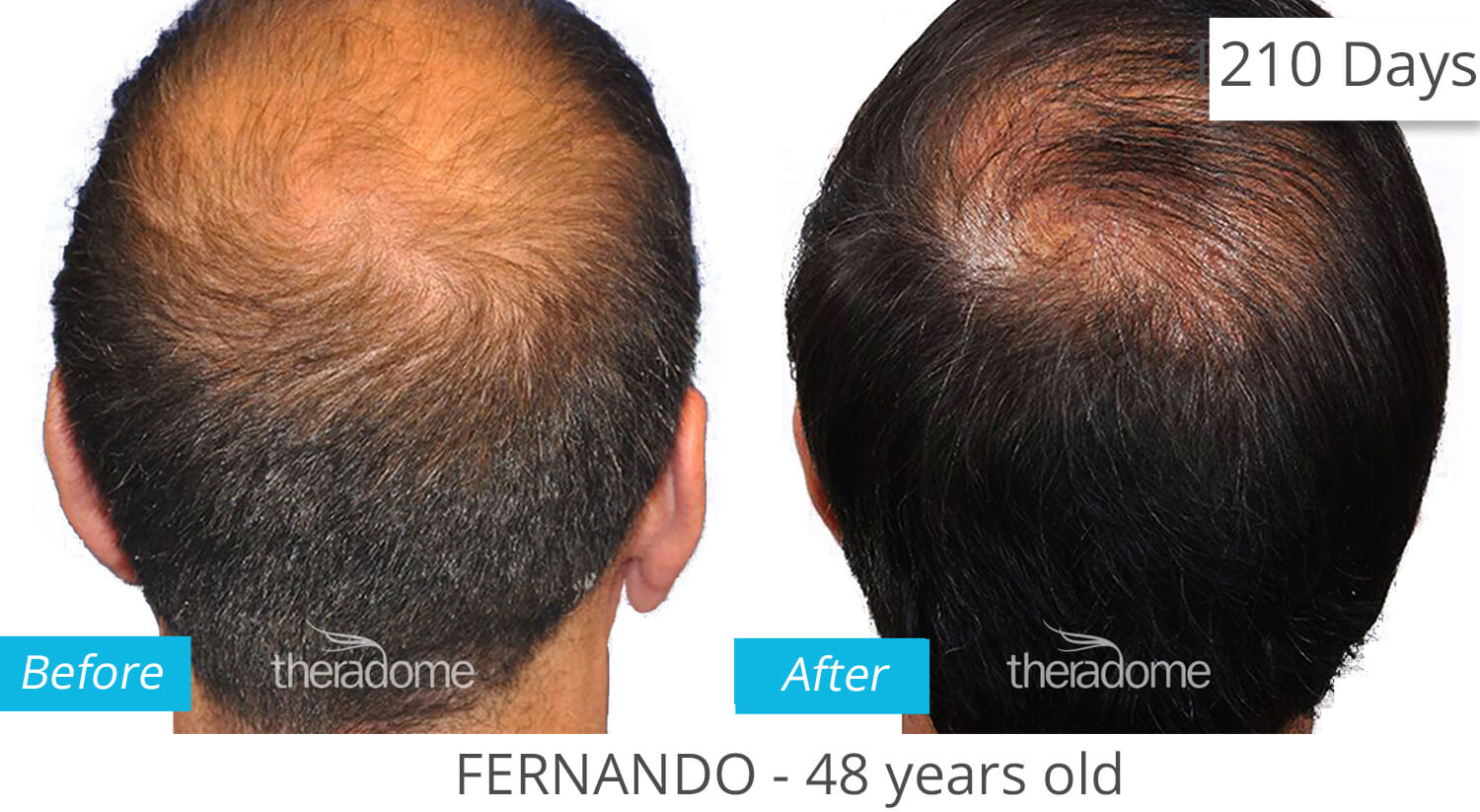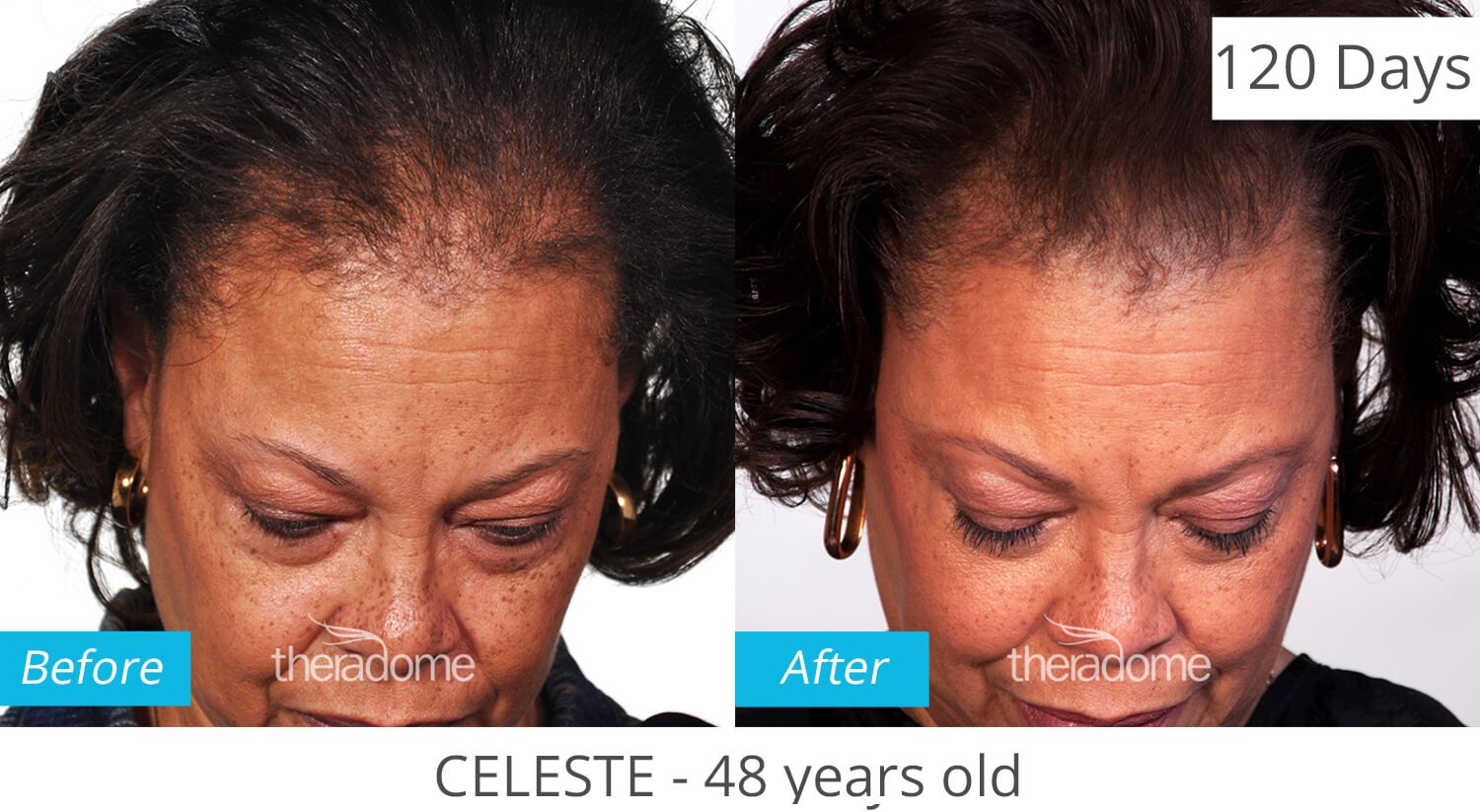You know the feeling— that anxious moment when you look down and see your hair in the shower drain—more and more every time. You are becoming the master of camouflage- you own a killer hat and scarf collection and have mastered the art of creative parts and combovers, all in an attempt to hide the fact that your hair is disappearing.
The hair loss club is a growing one. Hair loss affects roughly 35 million man and 21 million women in the United States. According to the American Hair Loss Association, 60% of men will experience noticeable hair loss by age 35, increasing to 70% by age 80. Fifty percent of women will experience noticeable hair loss by age 50. Hair loss definitely impacts the lives of its sufferers. Your hair plays an important role in your physical appearance. While hair loss has few harmful physical side effects, it can lead to many psychological issues, such as depression and anxiety. A receding hair line or hair loss signals a loss of youth, health, and attractiveness.
What Your Hair Means to You & Society
For most people, there is an important link between hair and identity. An “abundant mane” of hair is a symbol of vitality, health, and virility in men. In women, this symbolization is linked to femininity, sexuality, and personality. That being said, male baldness is far more socially accepted than female baldness. This is evident in Hollywood and the media. Many male celebrities have embraced their baldness including John Travolta, Dwayne “The Rock” Johnson, and Taye Diggs. The same cannot be said for Hollywood’s female counterparts. In fact, it is the opposite, with the advent of hair extensions, etc. used to fortify female tresses.
Hair Loss 101
The most common hair loss disorder is called androgenetic alopecia. This type of hair loss is characterized by the decrease in size and activity of the hair follicles. In this scenario, hormones compromise the hair follicles. This reduces the blood flow to the hair follicles and scalp, restricting the amount of nutrients available to the follicle. The malnourishment of these follicles causes damage at the cellular level, resulting in thinning hair and lost follicles. In men, the hair loss pattern is distinctive (usually based at the crown and temples), known as male pattern baldness. In females, the hair loss pattern is diffuse and females experiences the miniaturization and thinning of hair follicles all over the scalp.
The good news is that there are a number of treatments, technologies, and products available to help slow down this process. These include prescription medication, supplements, topical hair care products, hair restoration surgery and one of the most popular, laser phototherapy.
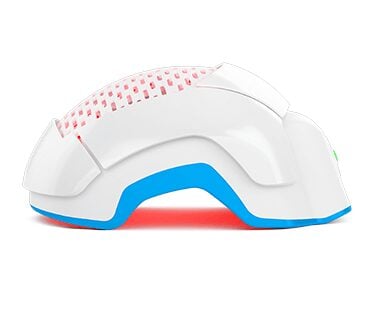

Laser Phototherapy for Hair Growth
Laser phototherapy (LPT) or low-level laser therapy (LLLT) has been shown to provide both cosmetic and medical benefits in promoting hair growth. For the most part, these devices are available in clinical or home use models such as hand-held combs/brushes, head bands, stationary hoods, and hats/helmets. In general, these devices use either red laser light diodes or red light-emitting diodes (LED). One of the more impressive players to enter the market is Theradome. The Theradome is a hair restoration helmet containing powerful 680 nm wavelength red lasers.
How Laser Phototherapy Grows Hair
Laser phototherapy mimics the biochemical pathway responsible for healing, which helps stimulate hair growth. More specifically, the light targets the areas of the hair follicles responsible for the life cycle of the follicle. As the light penetrates these areas, it excites the mitochondria (think powerhouse of your cells), increasing the cellular “fuel” known as ATP, which speeds up the rate of healing. This results in improved blood supply and nutrients to the hair follicles, which leads to the stimulation of hair regrowth as well as an increase in hair fullness. The treatment is painless, proven, safe, and effective and thanks to the advent of home-use devices, can be performed in the comfort of your own home.
What Makes Theradome Different?
Theradome’s technology delivers the best type of light in the best wavelength at the right power in order to deliver the most effective dosage of light to the hair follicles in the scalp. Unlike other home-use devices that use mostly LED light (light emitting diodes), the Theradome uses a proprietary laser at a specific wavelength of 680 nm. This is referred to as a “cold” laser because it feels warm and comfortable to the skin when in use. LEDs transmit light in a range of wavelengths, so the light does not penetrate to the hair follicle at a precise energy. According to former NASA engineer, inventor, and CEO of Theradome Tamim Hamid, “LED light diverges without reaching the base of the hair follicles. Lasers, on the other hand, produce an intense beam of light and meet scientific-grade standards.” Simply put, a “red” laser at 680 nm produces a far more beneficial therapeutic effect than an LED due to its more intense targeting capabilities.
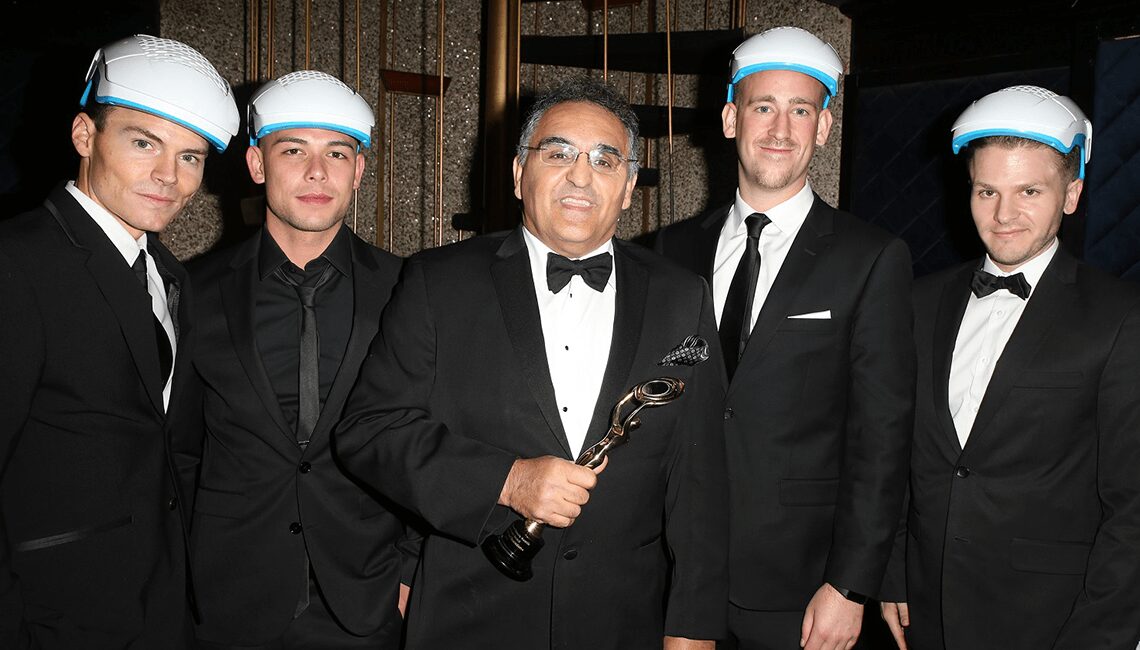

About the Inventor
Tamim Hamid is not only the inventor and CEO of the Theradome but an avid user of the product. “I have struggles with hair loss since the age of 32. I had tried all the prescription options for hair loss and none of them worked for me. As a former NASA engineer, I knew there had to be a better way to regain my hair using technology.”
Combining his NASA experience and biomedical engineering experience, Tamim spent 12 months testing lasers on his own scalp. He found that what was currently available on the market was not adequate to successfully rejuvenate hair growth. The result of his efforts is a home-use device with clinical-strength laser technology that you can use in the privacy of your own home.
The Treatment
So, who is the best candidate for Theradome treatment? According to Tamim Hamid, “the best candidates are early to mid-hair loss clients. As long as there is hair on the scalp, the Theradome will prevent further hair shedding and attempt to promote hair growth.”
The Theradome hair restoration helmet is FDA-approved for both men and women for the regrowth of hair. The treatment is simple- wear the helmet for just twenty minutes twice a week. Best results are seen after four months. Clinical studies show a 98% success rate for subjects with early to mid-stage hair loss following this treatment protocol.
BEFORE & AFTER
The helmet is a hands-free, cordless, rechargeable mobile device, which means it can go wherever you do. The helmet has an automatic treatment timer and keeps track of the number of treatments completed to help you track your progress. The Theradome is built to last, designed to provide 18,000 20-minute treatments.
The Theradome can also be used in combination with other hair restoration treatments. In fact, many physicians recommend laser phototherapy when providing PRP (platelet rich plasma) hair restoration treatments, as well as for use following hair restoration surgery.
Modern medicine and scientific discovery make it possible for those suffering from hair loss to find solutions to slow down the process. For most, laser phototherapy holds the promise of hope and change for a life-altering condition. So, why not try swapping out your favorite ball cap for a laser hair growth helmet and see how your hair reacts? You’ve got nothing to lose!
For more information regarding Theradome, visit www.theradome.com










